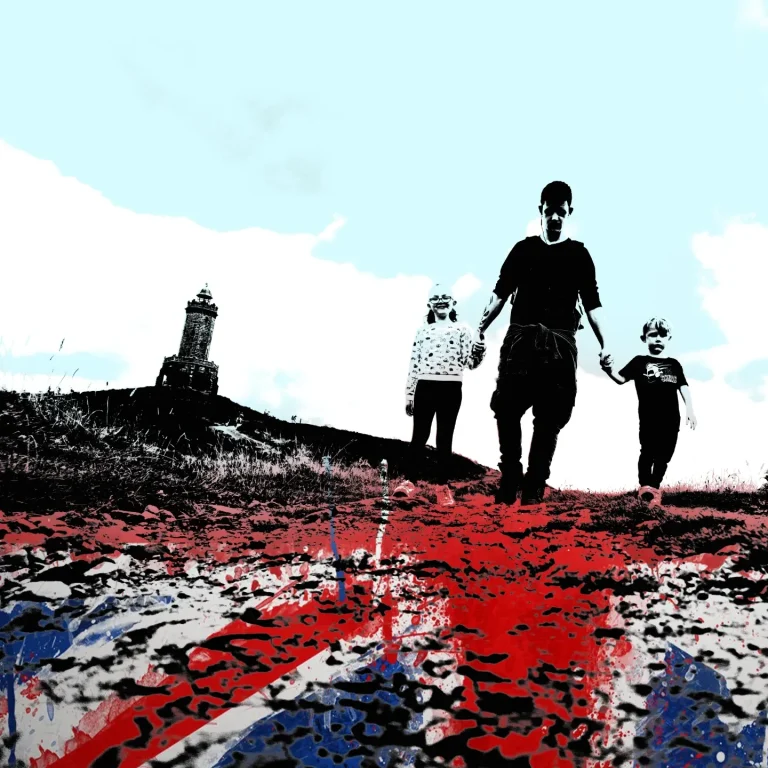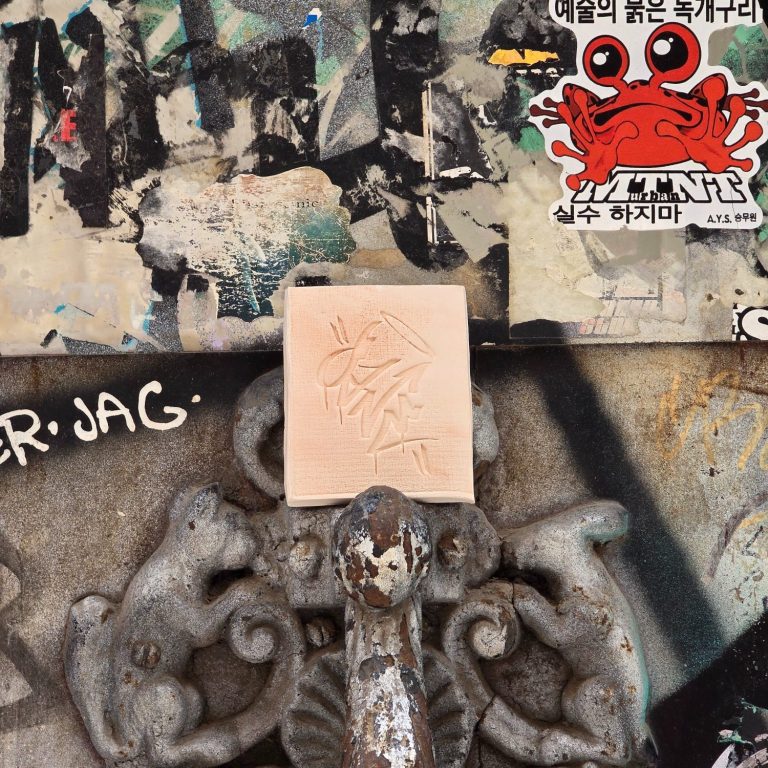Art Beyond Boundaries
About My Artistic Journey
My creative path began with a Foundation Degree in Art and Design, where I first explored the wide landscape of artistic practice. This time was all about experimenting, playing with ideas, and discovering the mediums that felt true to me. It gave me the space to question, to push boundaries, and to begin shaping my own visual language.
Building on that experience, I went on to study for a BA (Hons) Degree in Fine Art, where my work started to take a clearer direction. Here, I deepened my thinking and developed the concepts that underpin my practice today. I became particularly interested in the tension between control and spontaneity, order and chaos, criminality and art—a theme that continues to run through my work.
Throughout these studies, I’ve kept asking questions: What does it mean to make a mark? Why does the desire to leave a trace feel so human? My academic journey hasn’t just been about learning techniques—it’s been about finding my voice, understanding my place within art history, and building the confidence to challenge it.


Ceramic Masterpieces
The ceramic tile work has become an important part of my practice—an exploration of movement, interaction, and the challenge to what art is allowed to be. Each tile carries a hand-drawn mark, a piece of my visual language, often referencing the shapes, symbols, and flow found in my line work. But unlike traditional street art, these marks aren’t fixed to one place—they’re made to be held, collected, arranged, gifted, or even left behind.
The tiles reflect my interest in the tension between permanence and impermanence. A ceramic object feels solid, lasting—but the way I present these pieces invites fluidity. They can be traded, shared, stacked, or scattered. In this way, the work becomes part of a conversation about ownership, value, and the freedom to interact with art on your own terms.
This project also connects back to my fascination with street art and tagging—the human urge to leave a mark, to say I was here. But instead of being tied to walls or spaces, the tiles carry that spirit into people’s hands, pockets, and personal spaces. They’re small, tactile invitations to engage, to question, and to play.
For me, the tiles aren’t just objects—they’re carriers of intention. They hold the same energy as a scrawled tag or a burst of graffiti, but they move through the world differently. They challenge the idea that art has to sit still. Instead, they ask: What happens if it doesn’t?


Street Art Expressions
There’s a directness in street art that has always spoken to me—a kind of visual honesty that cuts through complexity and gets straight to the point. Like the work of Keith Haring, which continues to inspire me, my practice leans into that balance between simplicity and depth, between playful forms and serious ideas.
Haring’s use of repeated shapes, symbols, and flowing lines to create rhythm and movement is something I deeply relate to. His work wasn’t just about what was being drawn—it was about the act of drawing itself, the energy of the line, the physicality of the gesture. I carry that same respect for the line in my own work. Every mark matters.
I’m interested in how repeated symbols and hand-drawn patterns become a kind of language—immediate and accessible, but layered with meaning. Like Haring, I believe in the power of art to communicate across boundaries, to be approachable, to invite people in rather than shut them out.
Whether working on walls, ceramics, or drawings, my focus remains on this idea of mark-making as a form of connection. Each line is part of a conversation—a way of reaching out, of saying something simple but important: This is me. This is my voice. Here I am.
Collaborative Projects
Collaboration has always been a big part of my practice. I believe that ideas grow stronger when they’re shared—when different voices, skills, and perspectives come together to build something none of us could have made alone.
Over the years, I’ve been lucky enough to be involved in a wide range of collaborative projects, from community-based art initiatives to partnerships with other artists, makers, and thinkers. Whether it’s contributing to group exhibitions, working alongside musicians, ceramicists, or digital creatives, or being part of larger cultural events like the National Festival of Making, I’m always interested in how creative processes shift and evolve through collaboration.
I’ve worked on public art pieces, supported interactive installations, and taken part in workshops where the focus was on shared making and collective experience. These projects have ranged from the informal and experimental to the structured and academic—but at the heart of all of them is a spirit of openness, curiosity, and the willingness to listen.
Collaboration challenges me to step outside of my own patterns and consider new ways of working. It allows my ideas to meet others head-on, sparking unexpected outcomes and fresh directions. For me, these shared experiences aren’t just side projects—they’re a vital part of how my practice continues to grow.

Community Engagement
At the core of my art practice is a belief that creativity should be shared—it should be something people feel part of, not something kept at a distance. I’m drawn to the spaces where art becomes a conversation, where making is not just about the outcome but about the process, the people, and the stories that come with it.
A big part of my work involves engaging directly with communities, whether through workshops, participatory projects, or collaborative making. I’ve always been interested in breaking down the barriers between artist and audience—creating spaces where people feel encouraged to contribute, respond, and explore their own creativity alongside mine.
I often bring this approach into educational settings, believing that art has the power to unlock new ways of thinking, especially when it’s about dialogue rather than instruction. My ceramic tile projects, for example, invite interaction and movement—they challenge the idea of art as something fixed or untouchable, instead offering pieces that can be held, rearranged, or even discarded. This sense of choice and agency feeds directly into how I think about engagement.
Community for me isn’t just about location—it’s about shared experience, about finding points of connection between people through making. Whether I’m working with young people, fellow artists, or broader audiences at festivals and exhibitions, my aim is always the same: to create work that invites participation, sparks curiosity, and makes people feel like they’re part of the process.

Contact us
E-mail: Sane@sane-and-able.com
Address: Darwen, BB3 1HA, United Kingdom
